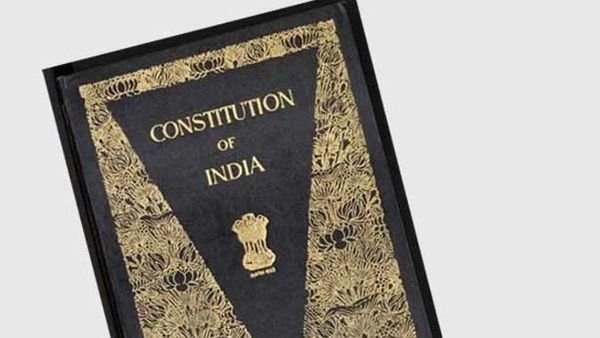Difference between Indian Constitution and American Constitution
Indian Constitution
2. There is only one citizenship for both the States and Union.
3. Each State sends M.P.s to the Parliament depending upon the population of the State.
4. There is no principle of quality between the states.
5. There are three Lists- Union List-(First List); State List (Second List); and Concurrent List – (Third List). The Parliament can legislate only the subjects of the State List and Concurrent List. The States are not sovereign. The Union can encroach upon State’s Lists.
6. No State can separate from Indian Territory.
7. The Parliament, i.e. Center has been residuary powers.
8. There is only one Constitution for Union and States.
9. India achieved uniformity in basic civil and criminal laws, except personal laws in some matters.
10. The Indian Union is an indestructible Union of destructible States. The area, identity of a state can be changed by Parliament. The States can be destructible. But the Union can not be changed. The Union is indestructible.
11. The Central Government has been the power to form a new State, to increase the area of any State, to diminish the area of any State; to alter the boundaries of any State; to alter the name of any State; and to form a new State by separation of territory from any State or by uniting two or more States or parts of States or by uniting any territory to a partnership the of any State(Article 3)
12. The word “Federal” is not at all used in our Constitution. Simply the framers described “Union”.
13. The Supreme Court has been given very wide powers, including appellate (Civil and criminal) jurisdiction.
14. No referendum is necessary. For the amendment of the Constitution, the people need not give their consent. It is sufficient to get the majority of M.P.s and in certain cases, the majority of the State legislatures.
American Constitution
Difference between the procedure of trial for Warrant Case and Summon Case








